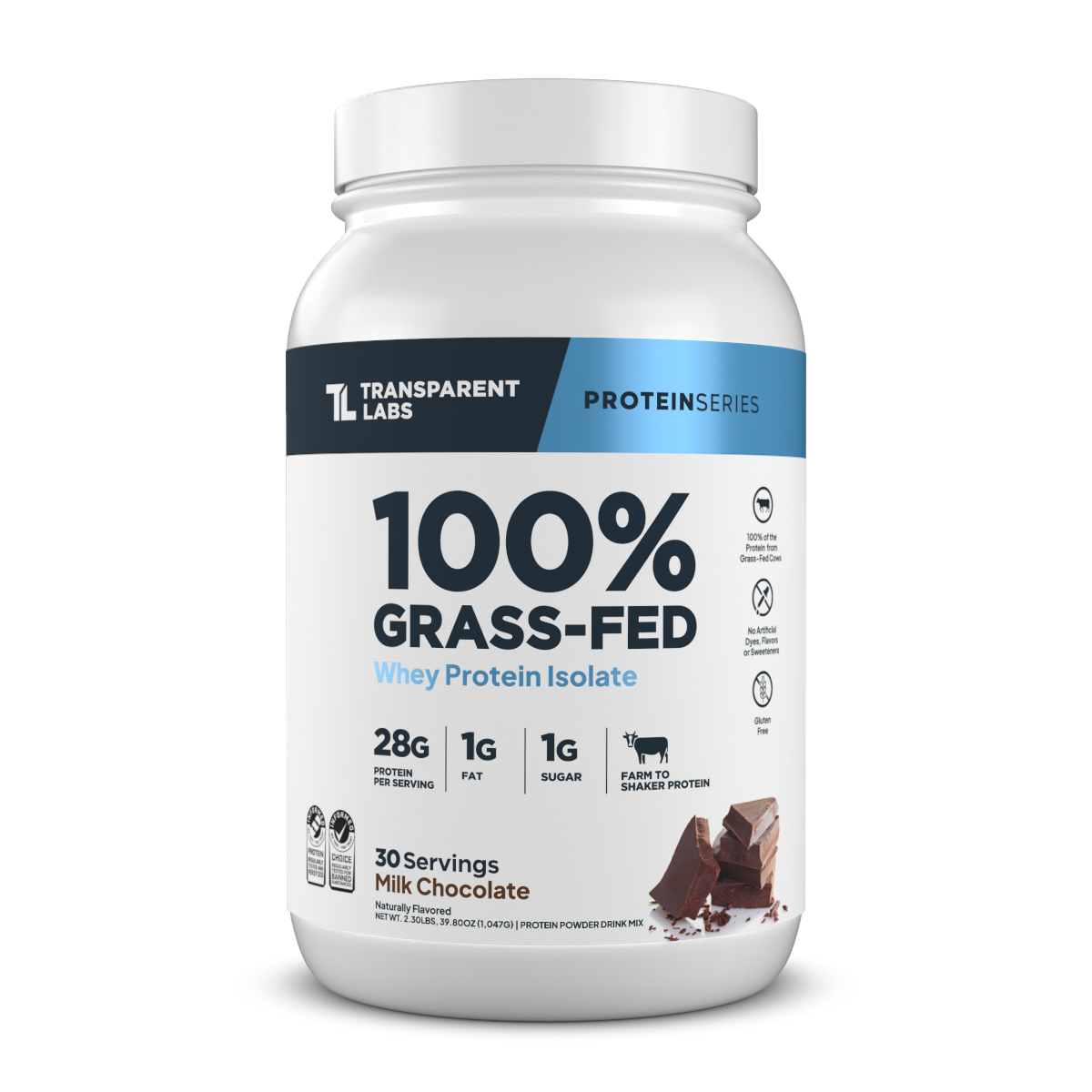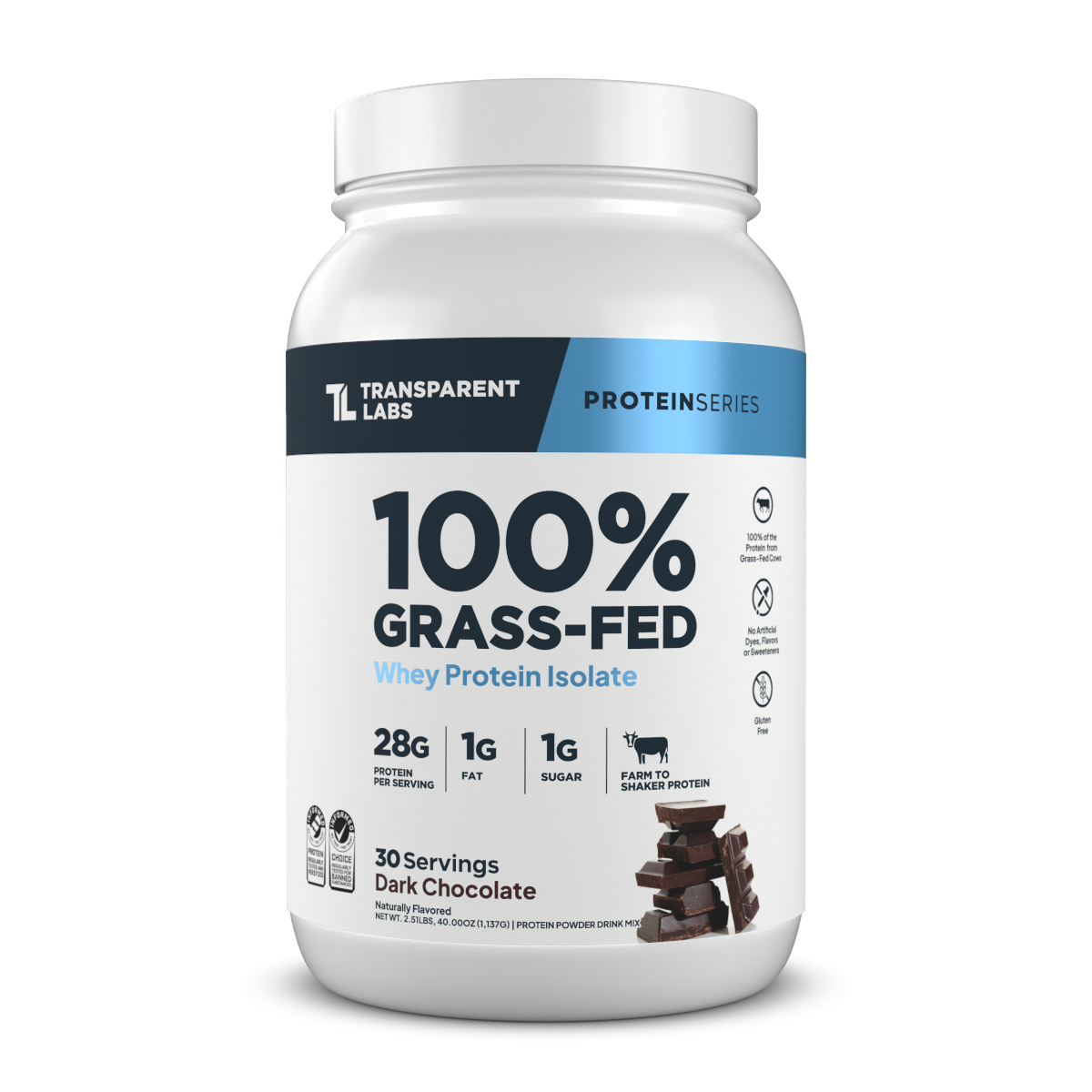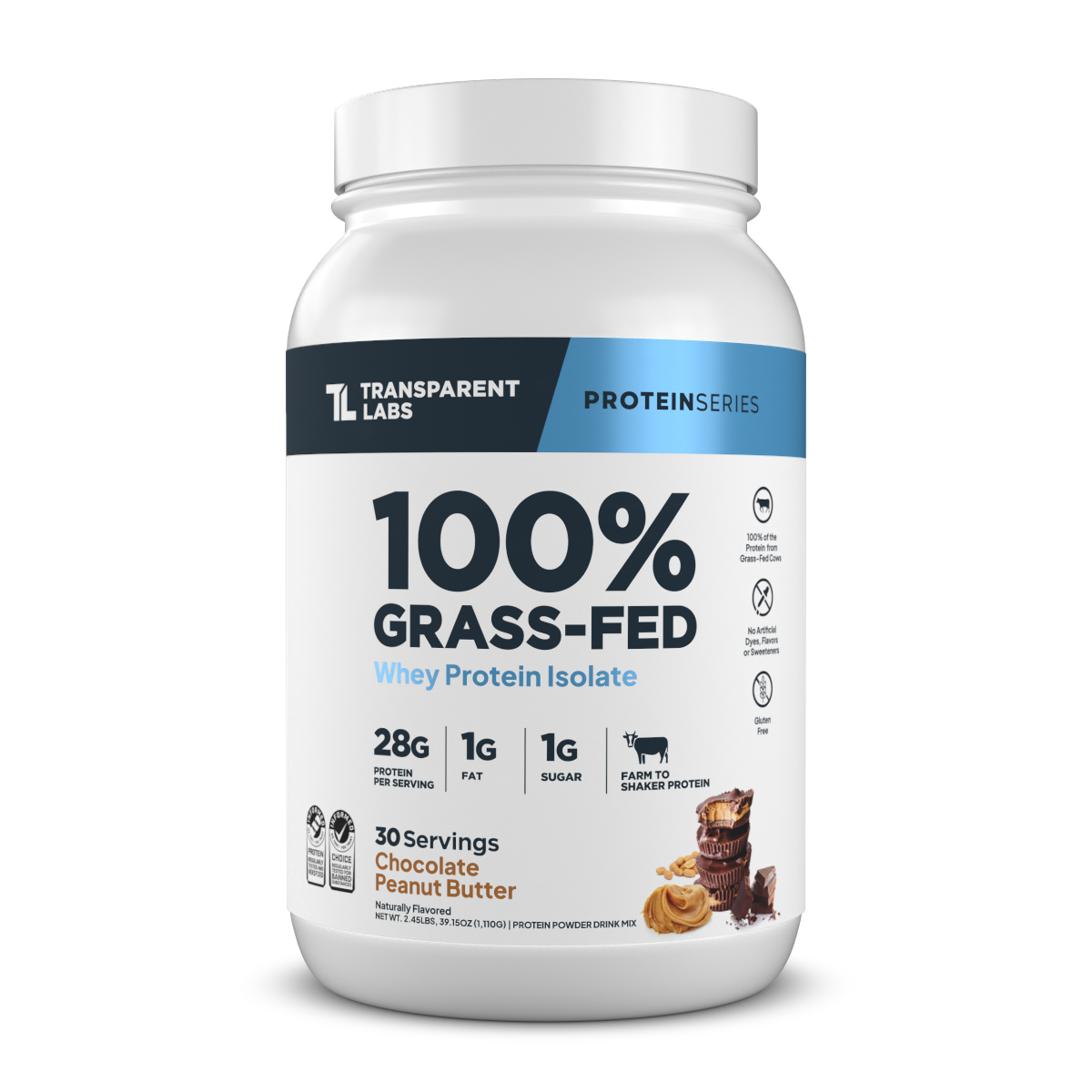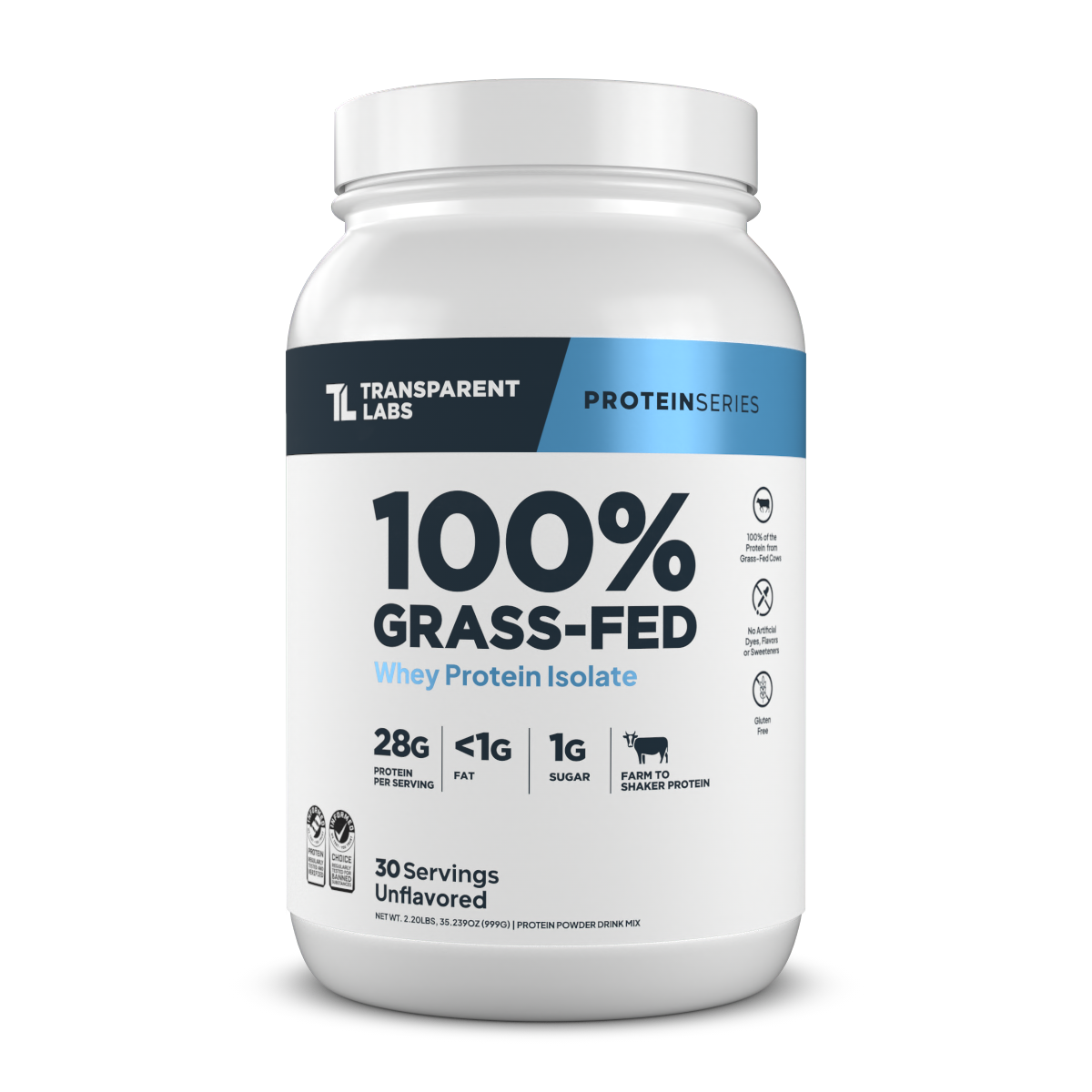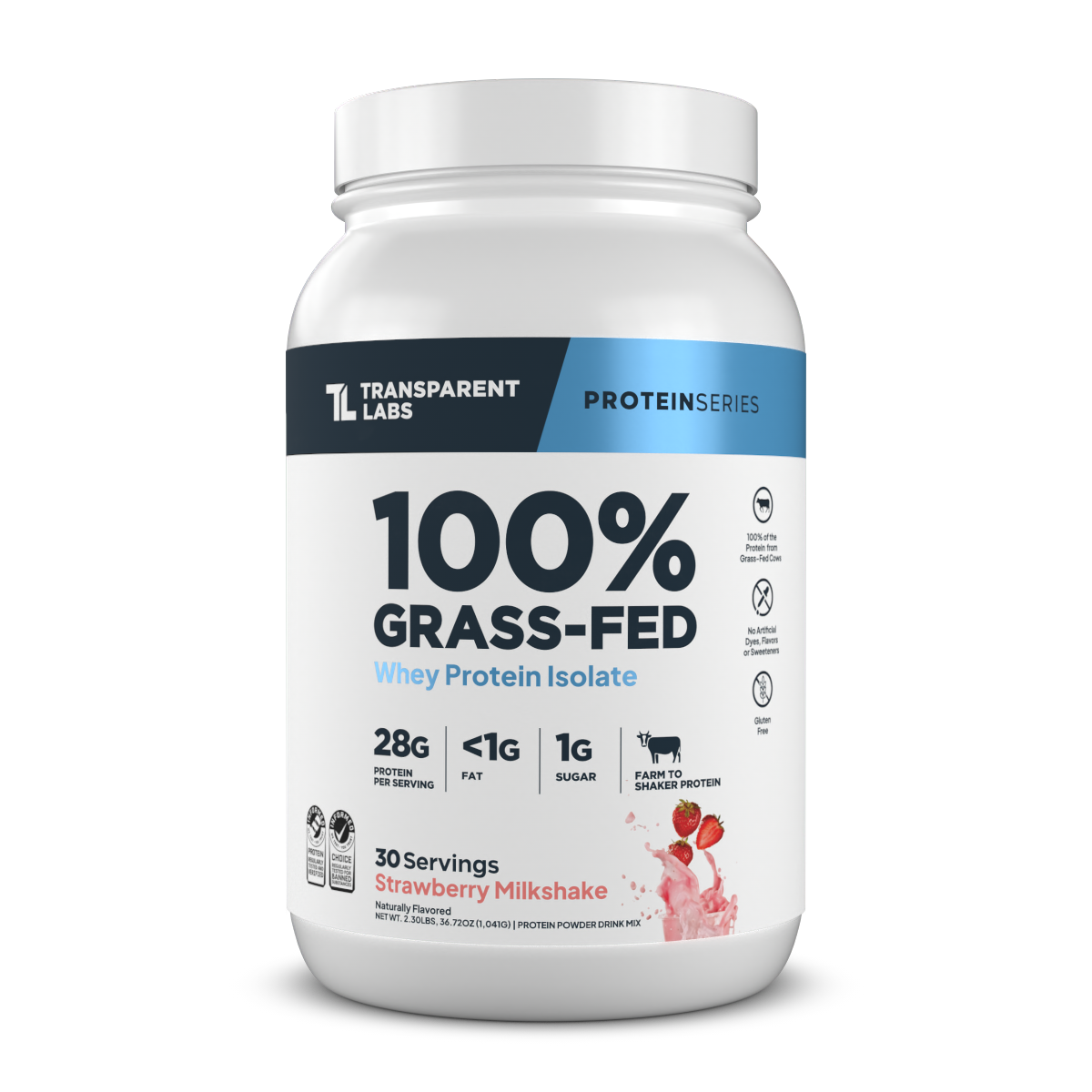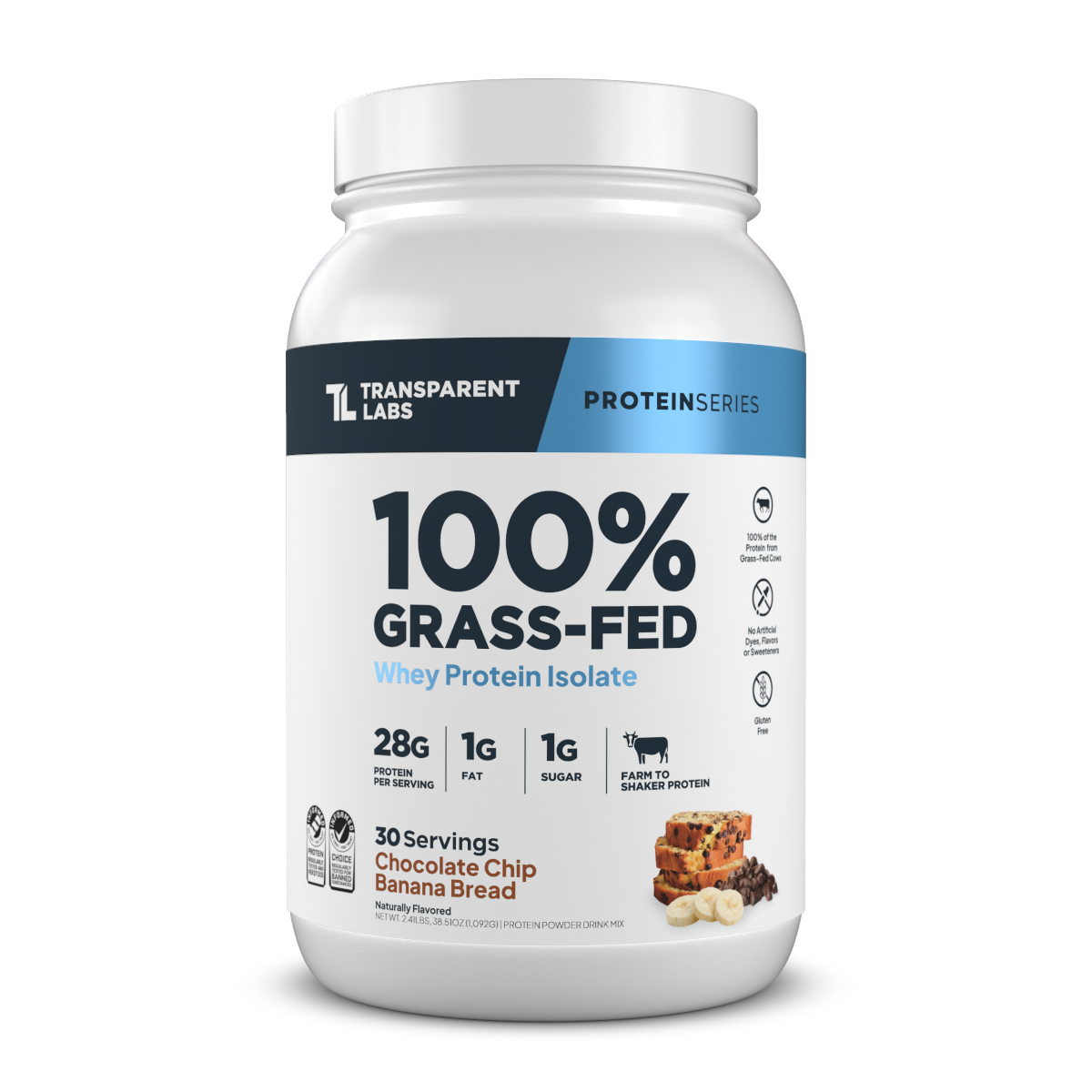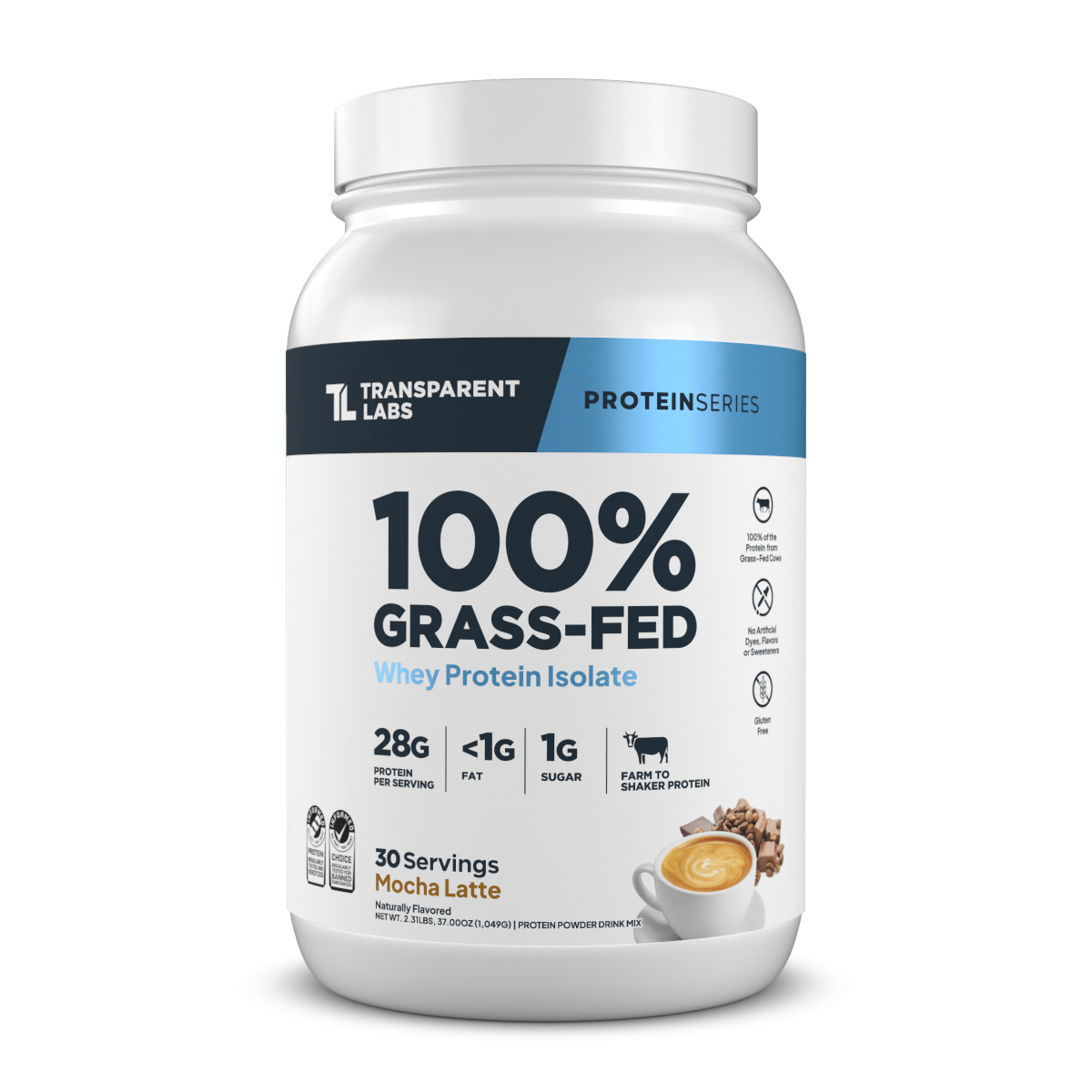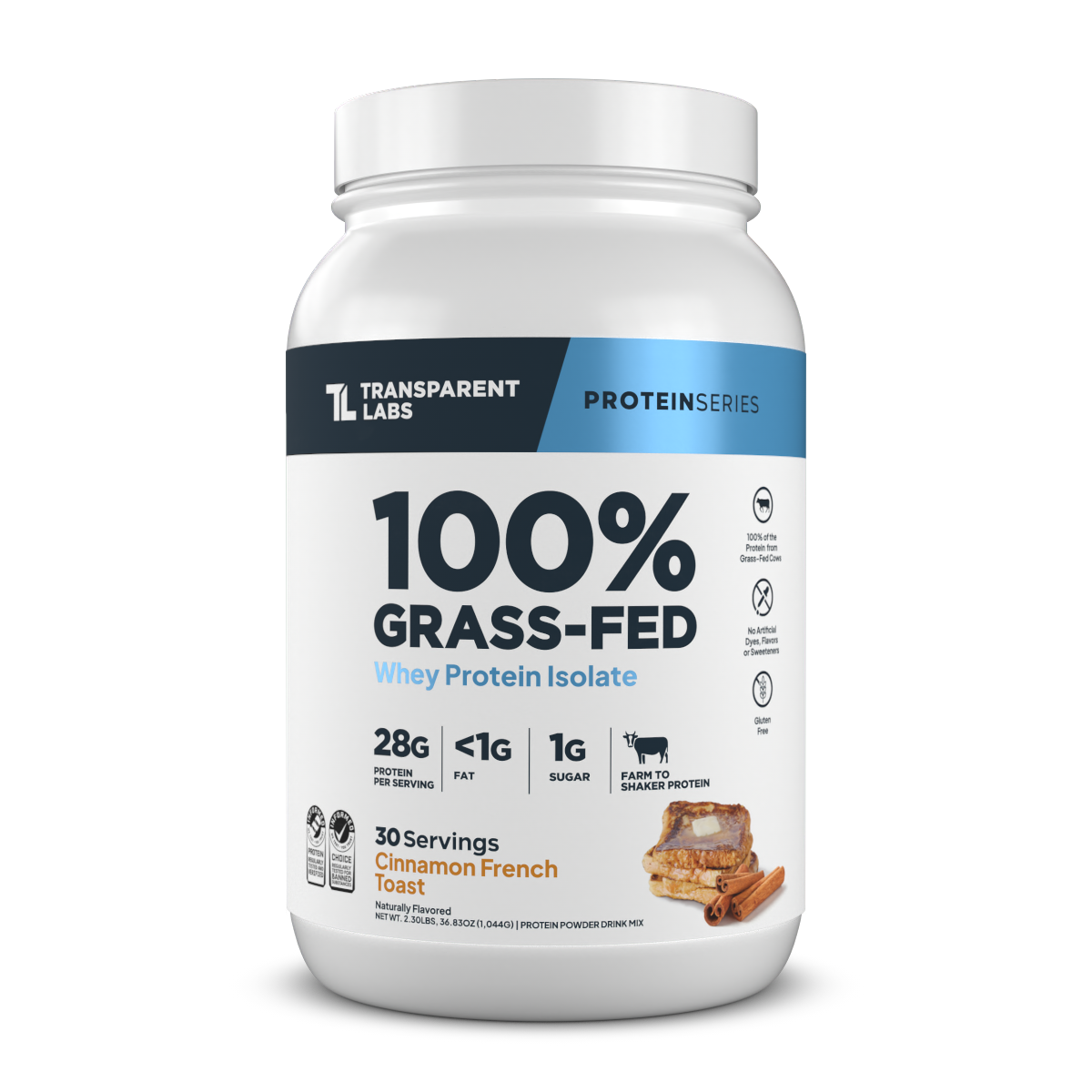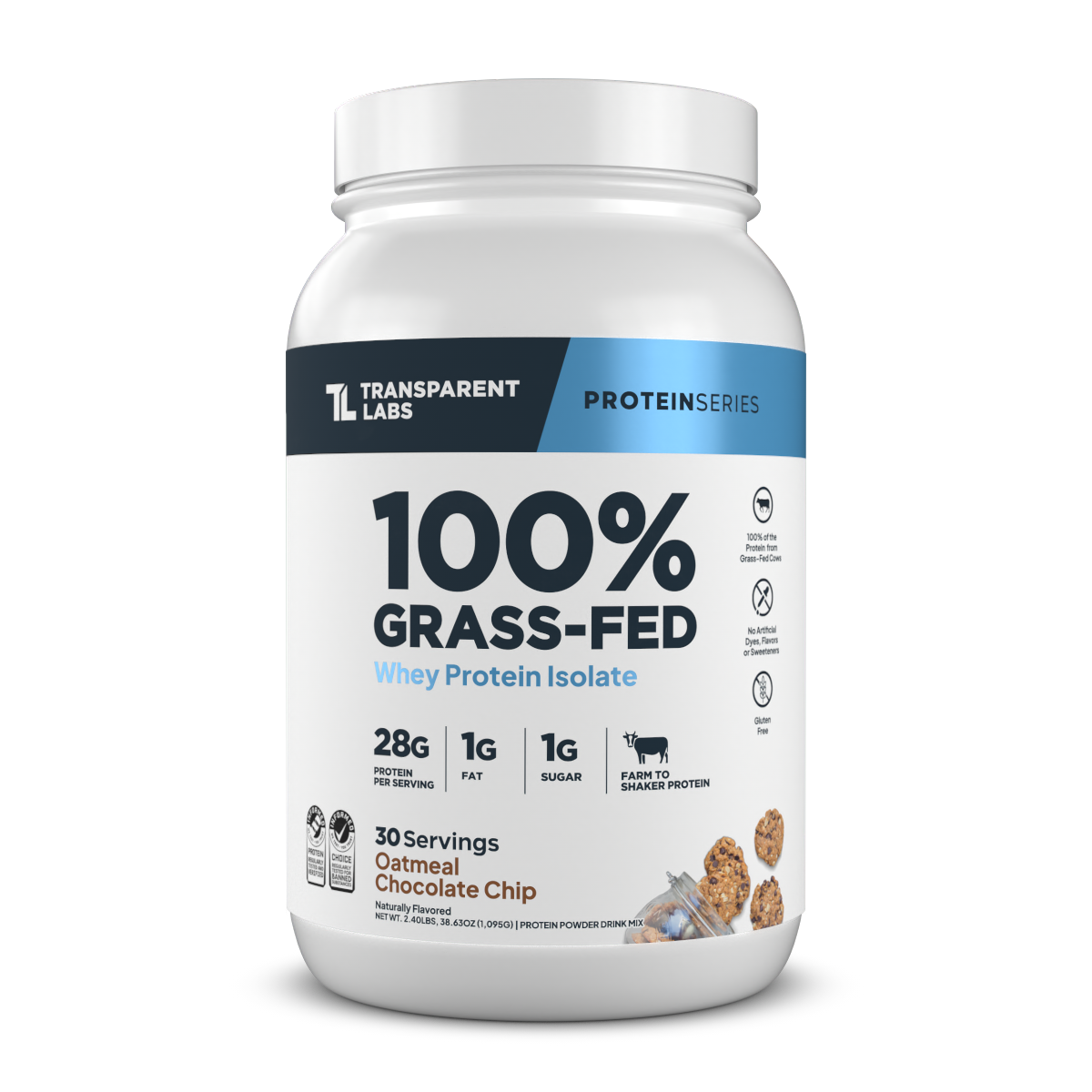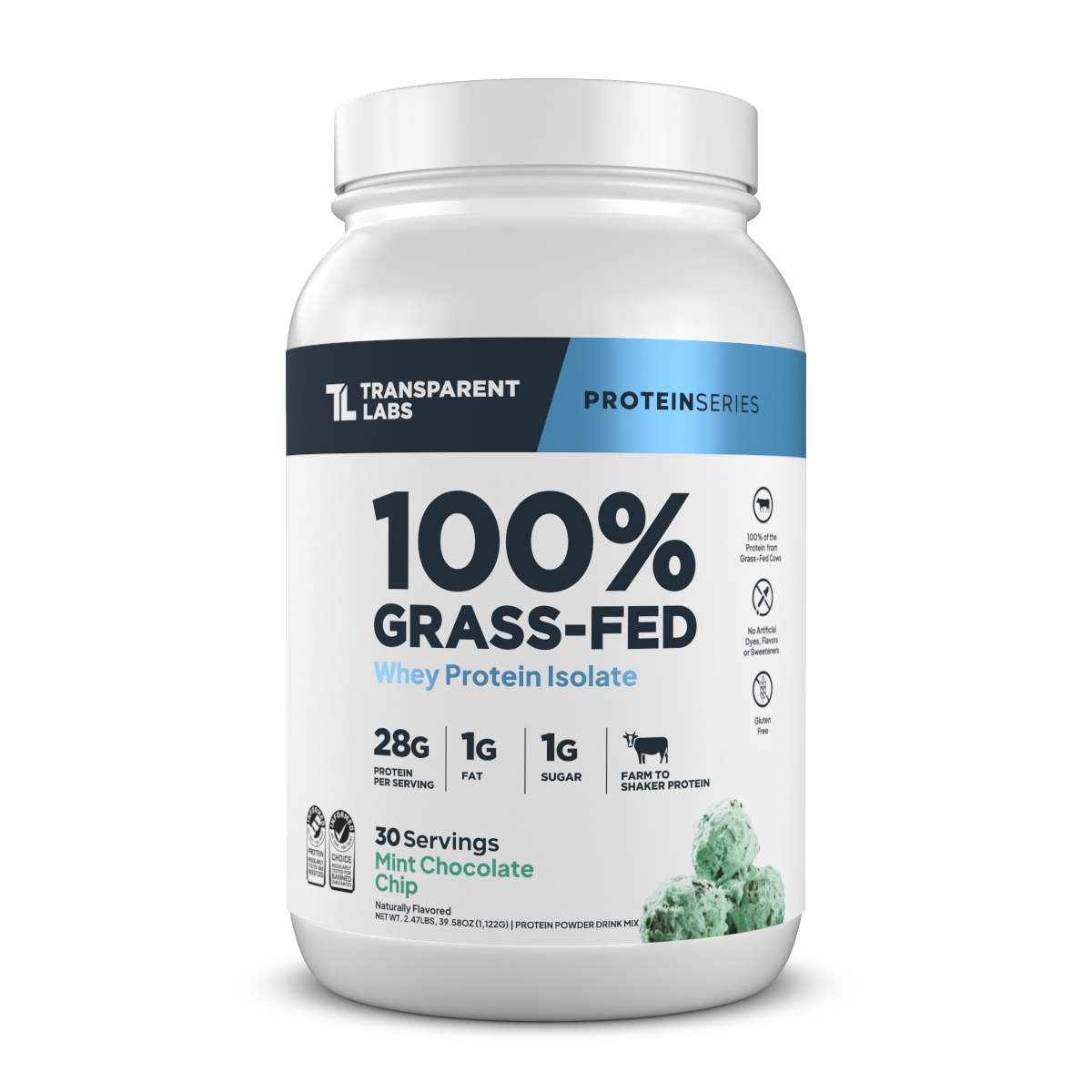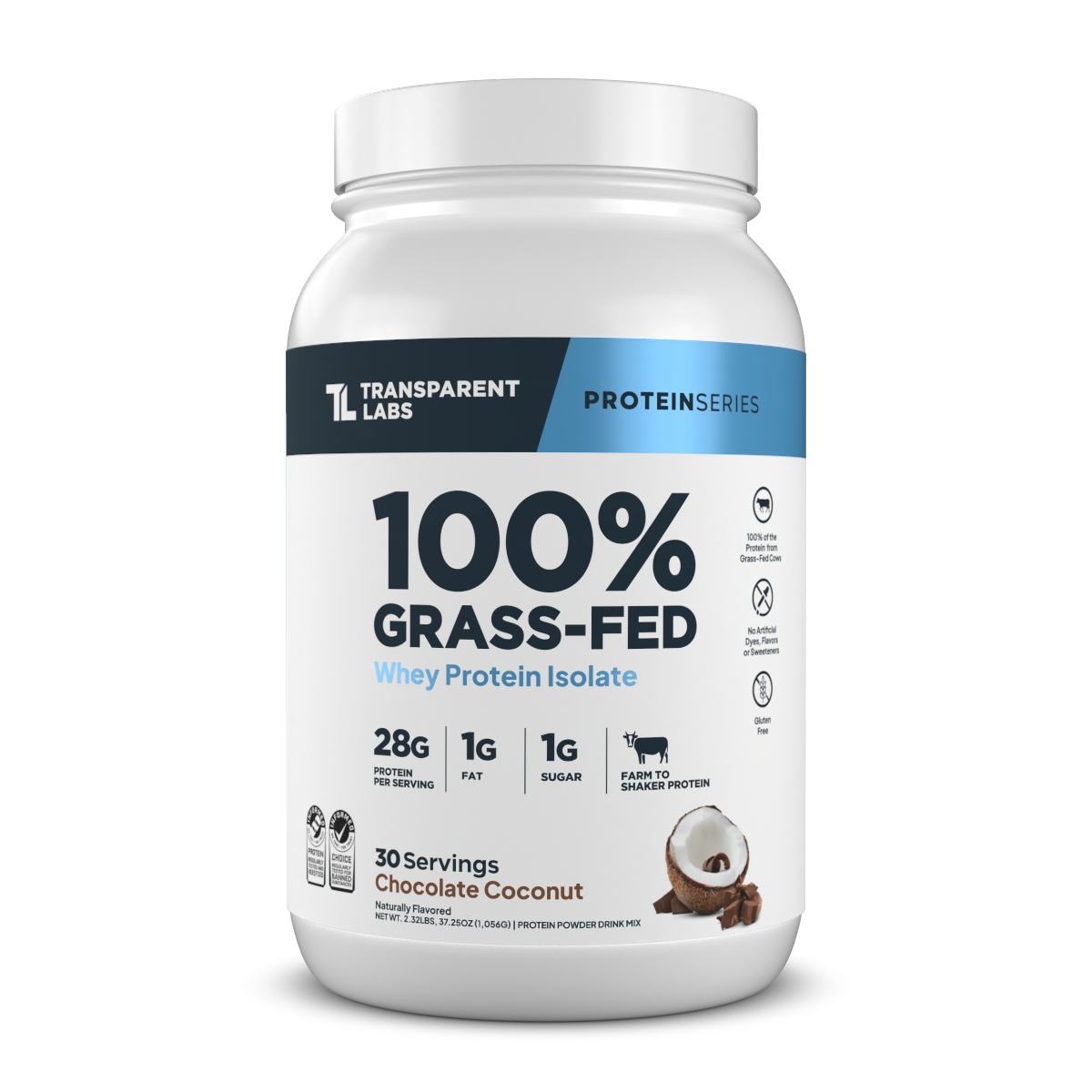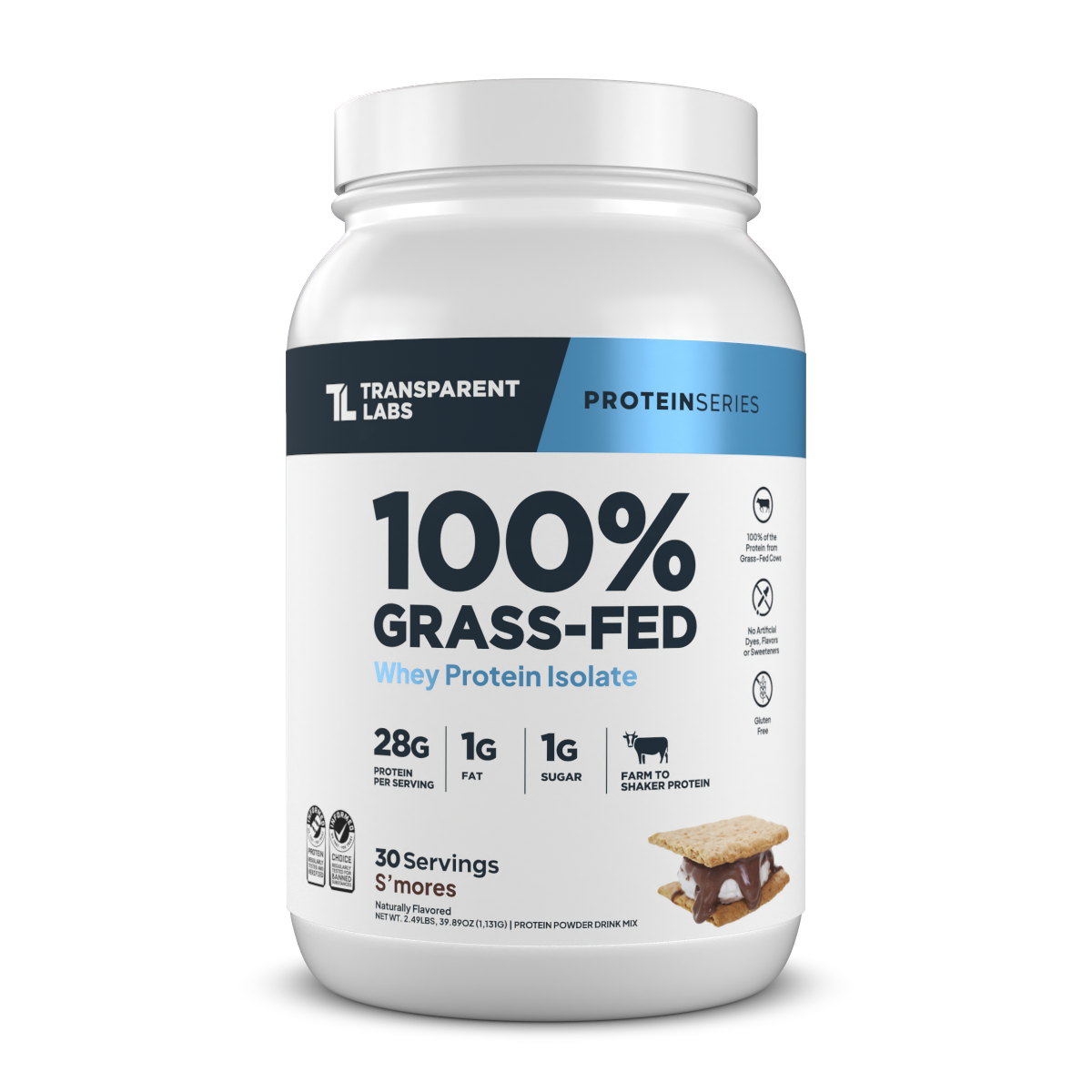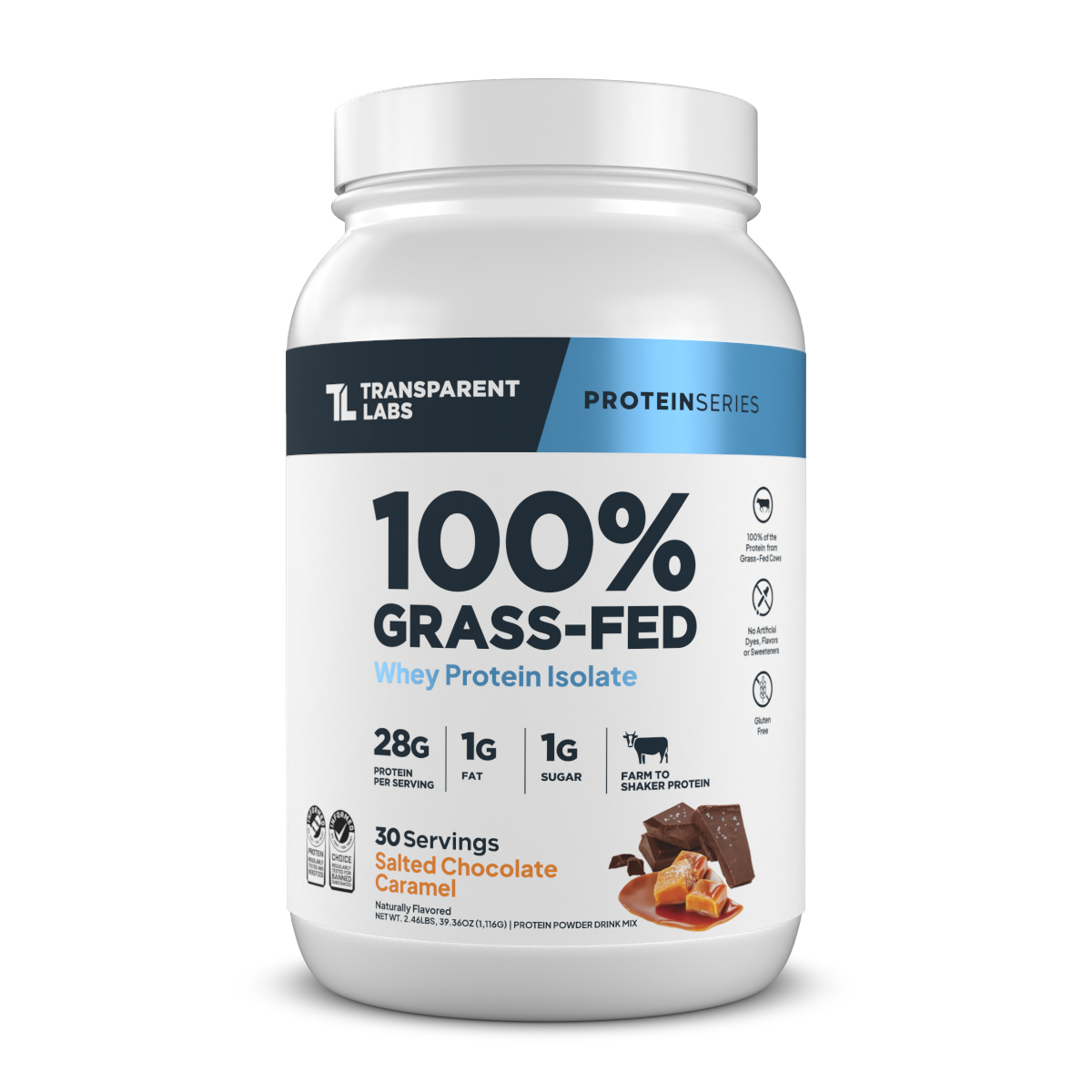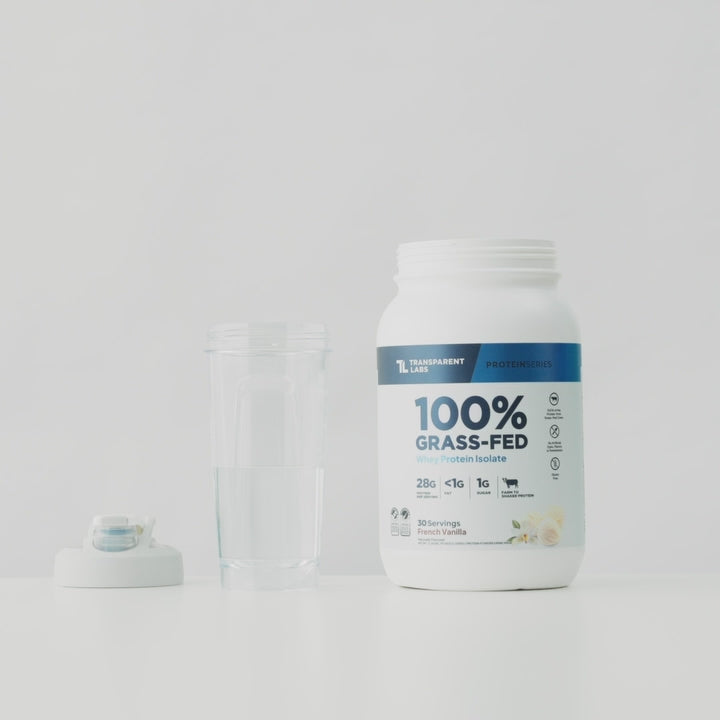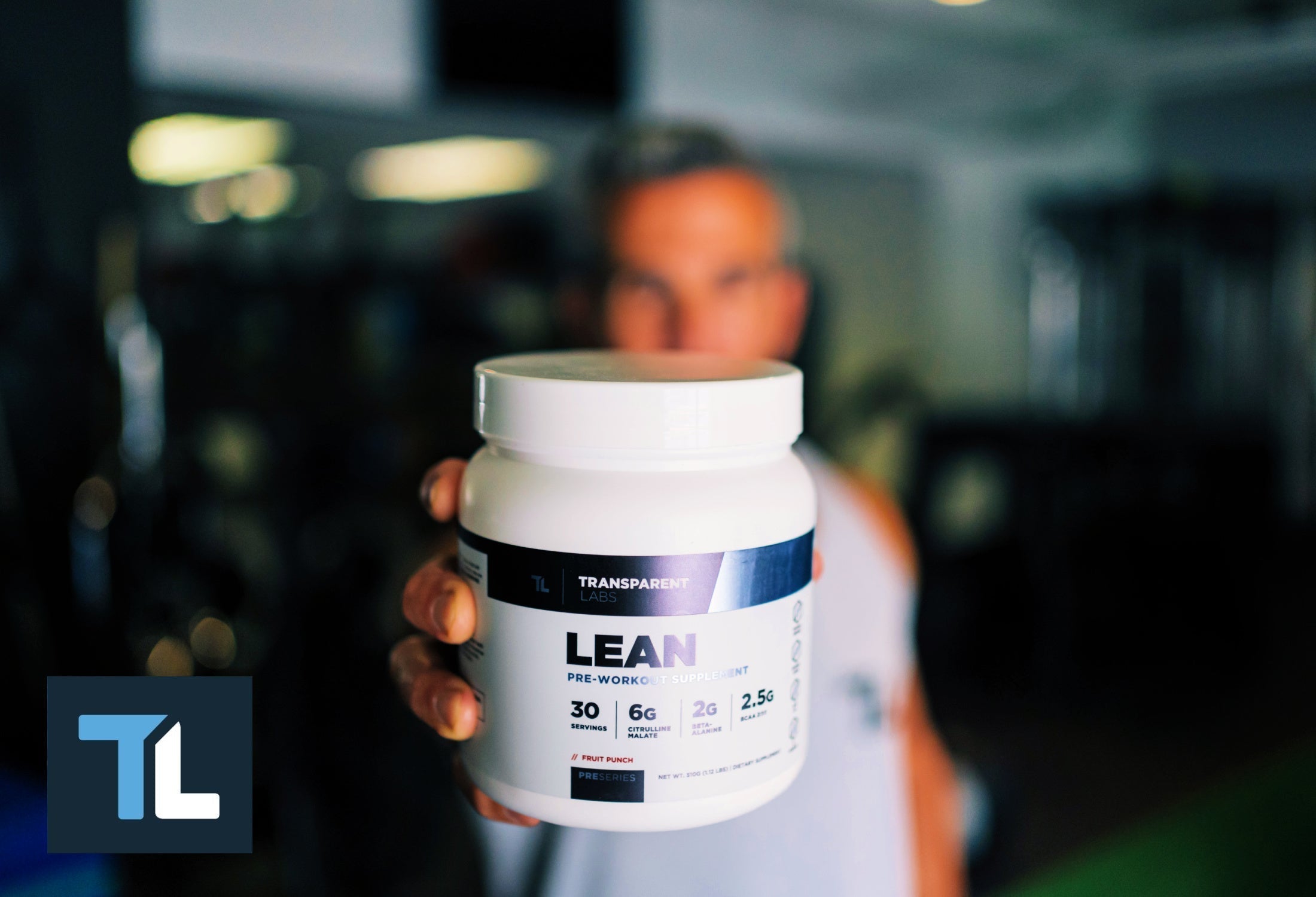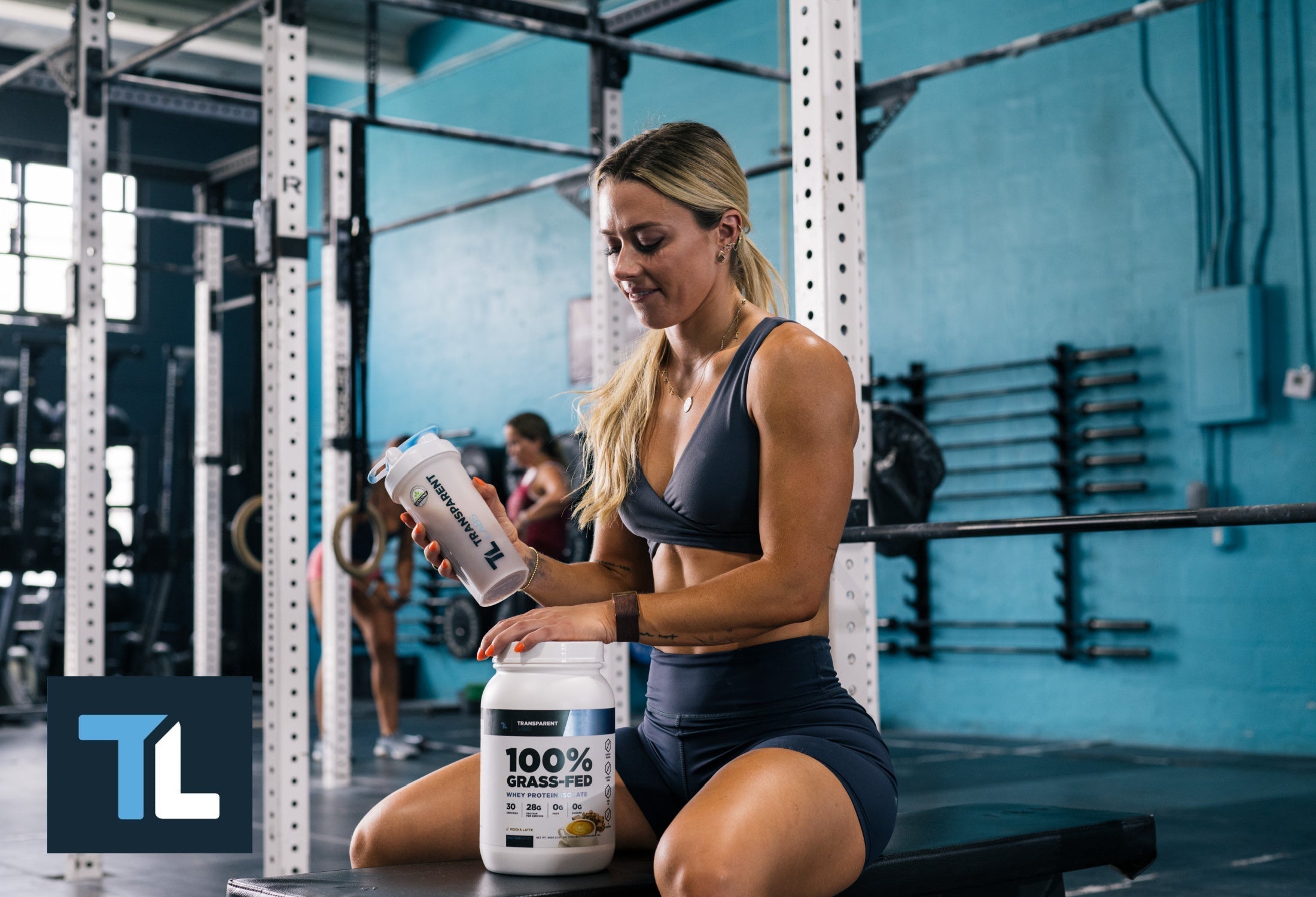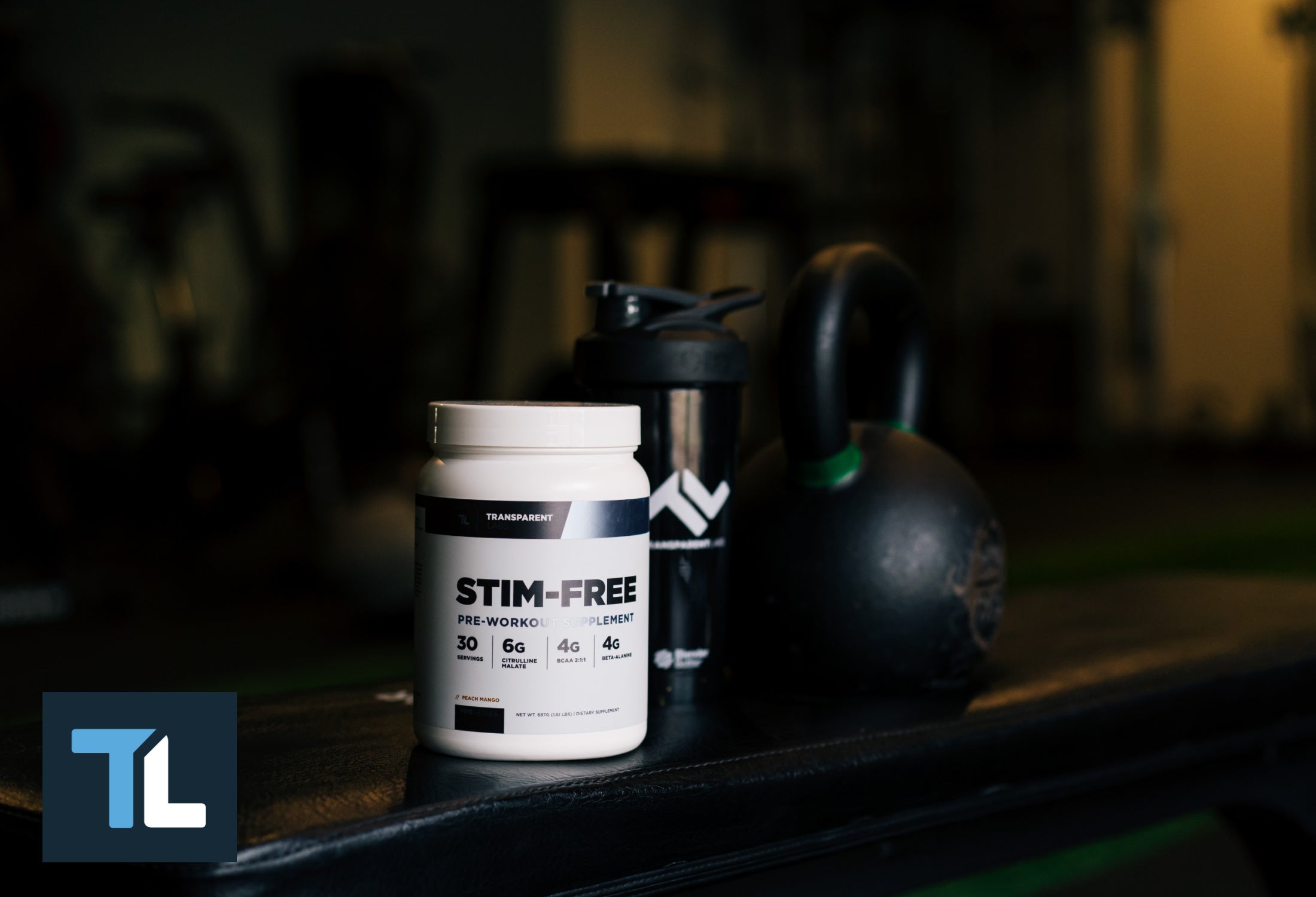Protein powder is one of the supplements that there is a shocking number of misconceptions about, and particularly with respect to its functions inside of your body. For every person who thinks protein powder is a magic ingredient for packing on endless slabs of muscle at breakneck speed, there is another person who believes it to be tantamount to a fat-burner, and a shortcut to weight loss.
While both of these beliefs are wrong in principle, they are correct in their optimism that protein powder can be a valuable contributor to strategies that focus on both muscle building and weight loss. However, with respect to weight loss, it would probably be well worth your time to take a second look at some of the popular professions about protein powder, form your own strategy around how protein powder can actually be utilized to bring about beneficial weight loss.
“Protein powder helps you burn fat” Partly TRUE
There’s an idea circulating out in the fitness world that protein powder possesses some unique fat-burning properties that will instantly launch your body on the path to shedding unwanted adipose tissue. Unfortunately, this particular belief is false; protein does not have some inherent quality that magically prompts you to shed body fat.
With that being said, there are at least three ways in which protein powder can play a complementary role in fat loss. Straight out of the gate, protein contributes to a greater sense of satiety — or appetite satisfaction — than carbohydrates or fats. This means that the act of consuming protein powder may boost your sense of fullness, suppress your appetite, and prevent you from filling up on foods that will prompt an unhealthy weight gain.
Second, protein is known for its high thermic effect. What this means is that all food burns calories to some degree through the process of digestion. However, while up to three percent of fat calories and 15 percent of carbohydrate calories are lost to the digestive process, a full 30 percent of protein calories are eliminated through digestion.
So, if you’re consuming a whey protein isolate shake in lieu of a larger meal, you can expect up to 30 percent of that low-calorie replacement option to be eliminated simply through the digestive process.
Finally, because protein plays a major factor in the retention of existing muscle mass and the growth of new muscle mass, it contributes strongly to the creation of metabolically active muscle tissue. The more muscle mass you have, the more calories your body will burn at rest.
Several studies have shown that high protein diets have been highly successful in initiating weight loss and reducing the risks of obesity in test subjects, and the three factors listed here have also been cited within those studies as logical reasons for the weight-loss outcomes. (1)
Therefore, while protein powder doesn’t directly burn fat, its presence in your system is contributing to several processes that can indirectly lead to fat loss if everything else in your nutrition plan is in alignment.
“Drinking protein shakes alone = weight loss” Generally FALSE
The belief that drinking protein shakes alone is sufficient to achieve weight loss is a callback to one of the original purposes of some of the first protein shakes. The mass-market appeal of these original protein shakes — which actually contained very low protein content compared to modern protein supplements — was that they were advertised as meal-replacement shakes.
The underlying assumption behind these meal-replacement shakes is that they were being advertised as very low-calorie substitutes for what would theoretically have been more ordinary meals with a much weightier caloric punch. These shakes were marketed as liquid replacements for entire meals in an era where starvation was often viewed as a sound dieting strategy.
Slim Fast’s classic prescription of “One shake for breakfast, another for lunch, and then a sensible dinner” was essentially intended to limit customers to two 200-calorie shake-based meals followed by a 700-calorie dinner. In an era when most people consumed well over 2,000 calories daily this was a surefire recipe for weight loss.
In modern times, most protein shakes are taken as a complement to ordinary meals, making them more likely to fall into the snack category as opposed to the meal or meal-replacement column. Unless the consumption of a protein shake is done within the context of a broader strategy to increase protein intake and create a caloric deficit, you are far more likely to gain weight as a result of adding a protein shake to your daily nutrition plan than you are to lose weight.
To be fair, there is a study suggesting that whey protein was able to induce fat loss all on its own, but the relatively poor construction of the study makes its results highly suspect. After six months of allowing “overweight and obese” participants to consume shakes containing soy protein, whey protein, or carbohydrates, and allowing the test subject to continue with their ordinary diets, only the group taking whey protein experienced any sort of noticeable weight loss. (2)
While this result is interesting, the relatively low amount of average weight loss relative to the weights in the participant pool and the loose design of the study makes it difficult to build a broad nutrition strategy around. With this in mind, focusing on limiting the number of unhealthy ingredients you place in your protein shake is the safer bet.
“Protein is both a meal replacement and a supplement” TRUE
Again, owed in part to the initial marketing of protein shakes as meal replacements, there is often a debate over the classification of a protein shake, and whether it is best classified as a meal replacement or a supplement. The fact of the matter is that a protein shake can be either, neither, or both, and it all depends on your intent in taking it.
For example, if you start taking your 150-calorie protein shake containing 30 grams of protein as a replacement for your daily lunchtime steak burrito that contains the same amount of protein along with 900 additional calories from fat and carbohydrates, your protein shake safely falls into the meal replacement category.
On the other hand, if you’re safely consuming 100 grams of protein per day and 2,500 calories per day, and you add a low-calorie protein shake to your post-workout recovery plan for the purpose of enhancing muscle-protein synthesis and accelerating muscle repair, then the protein shake is clearly a supplement.
Then again, there’s the third scenario where you acknowledge that you need more protein in your breakfast with fewer calories because you’re prioritizing weight loss and strength gains. To accomplish this, you replace your 900-calorie plate of pancakes decorated with butter and syrup with a whey protein shake that supplies 10 more grams of protein with 700 fewer calories. In that case, the protein shake is serving the dual role of supplement and meal replacement.
Finally, there may be moments when you just drink a protein shake because it’s the tastiest and most satisfying option available to you… and of course there’s nothing wrong with that. However, your lack of intention behind it means it’s simply a refreshing high-protein snack rather than part of a focused nutrition strategy.

“The type of protein powder you take influences your fat loss” Likely FALSE
There are rumors that specific protein varieties are better suited for fat-loss strategies, and it’s easy to see where this belief might come from. There are so many sources of protein now available, ranging from traditional sources like whey, casein, and broadly vegan to more exotic protein sources like pumpkin seeds and hemp. It stands to reason that all of these protein sources won’t be completely identical, and they’re not.
All of these protein sources have different amino acid profiles, which means that they vary in terms of their completeness, and their corresponding ability to help you grow and regenerate muscle tissue. That aside, the potential of these protein powders to help you directly lose body fat rests exclusively in the caloric toll they take on your body, and how few calories they add to your daily tally in relation to how many protein grams they contribute to your mission of muscle recovery.
In this way, a high-calorie protein shake — in essence, a mass-gainer — may require you to consume more than 700 calories to gain 50 grams of protein, whereas a low-carb protein shake that is designed to maximize the efficiency of its protein conveyance may provide you with 30 grams of protein within a load that delivers well under 200 calories.
In fact, whey protein isolate, which has undergone an additional layer of refinement to strip away undesired fat and carbohydrates, will usually deliver that same amount of protein for around 150 calories. This enables you to consume more than 100 grams of protein per day at a caloric toll of 600 calories or less. Regardless, if fat loss is one of your priorities, the best protein source to help you realize that objective is the source that provides you with the protein you need with the fewest calories, irrespective of the protein’s original food source.
Again, there is the poorly constructed study that suggests that whey protein might be somewhat more adept at eliminating body fat than soy protein. (2) Still, the poor design of the study makes its findings unreliable, and you would be best served to ignore this study when deciding which protein powder to consume.
“There is nothing you can do to offset the fat-loss benefits of a protein shake” FALSE
Some people believe that the presence of protein as a key ingredient in a protein shake automatically imbues that shake with fat-burning powers, and that it will automatically contribute to weight loss in the long run. This belief couldn’t be further from the truth, and the reality of the situation can be made evident by analyzing real food items offered by popular food franchises.
If you order a milkshake from one of the most popular fast-food restaurants in the world, you’ll be receiving nearly 20 grams of protein — a total well within the realm of many ready-to-drink protein shakes. Certainly, the fast food shake is not advertised as a source of quality protein, and with good reason — the 20 grams of protein are essentially overpowered by more than 100 grams of sugar and 20 grams of fat, resulting in a sugar-soaked drink possessing a staggering 850 calories.
Similarly, the baseline large peanut butter smoothie at a world-famous smoothie franchise contains more than 30 grams of protein, nearly 120 grams of sugar, and more than 900 calories. Certainly, this is far better characterized as a dessert than a healthy supplement, or even a healthy meal.
What this means is that what you mix into your protein shake has a massive bearing on whether it is best classified as a healthy, low-calorie food choice, or a sugary dessert. If you blend your protein powder with fresh fruits, vegetables, and low-calorie yogurt, you are adding valuable antioxidants and probiotics to your protein shake. Conversely, if you drench the same smoothie with honey as an added sweetener, and then blend it together with ice, it becomes far less healthy for you, and a detriment to your weight-loss plans.
Tips for building a fat-loss-friendly protein shake
The simplest way to ensure the fat-loss-friendliness of your protein shake is to build it from scratch. Obviously, the safest way to ensure that you receive the precise nutrients listed on your protein powder’s label without any surprises is to mix it with plain water. Beyond that, you’re going to be walking a tightrope between minimizing calorie increases and maximizing nutrient density.
With the protein powder fulfilling your protein needs, the majority of your other considerations will be about mouthfeel, flavor, and nutrition. Low-calorie yogurt can add calcium and even more protein to your shake, while spinach leaves, berries, peaches, and other fruits can modify the flavor and add some antioxidants and vitamins to the mixture.
Blending in something like chia seeds can also raise the healthy fat content of your smoothie and grant it a grainer texture. Moreover, studies have showcased the ability of chia seeds to contribute to a lowering of blood pressure and waist circumference when consumed with regularity. (3)
In all of these instances, the additions to your protein shake are healthy, low-calorie, and contribute something of nutrient value to the equation. Just as important, you can consume them with the confidence that you’re not filling your shake with any other harmful foods that you shouldn’t have been eating otherwise.
Use of Transparent Labs Isolate or Vegan Protein in a weight loss context
Both Transparent Labs grass-fed whey protein isolate and vegan protein can be integral parts of your weight-loss strategy. In addition to delivering a healthy load of protein to your daily diet, both nutrient sources are organically sourced and frequently tested, and subject to Transparent Labs’ brand promise to disclose the safety level of our products to put your mind at ease.
The key thing to remember is that neither of these protein sources is capable of functioning as an independent fat-burner. So, to ensure that you consistently shed unwanted body fat, or maintain a healthy body weight, it is imperative that you remember to keep your caloric content low, even as you endeavor to keep your protein intake high.
Sources
-
Moon J, Koh G. Clinical Evidence and Mechanisms of High-Protein Diet-Induced Weight Loss. J Obes Metab Syndr. 2020 Sep 30;29(3):166-173. doi: 10.7570/jomes20028. PMID: 32699189; PMCID: PMC7539343.
-
Baer DJ, Stote KS, Paul DR, Harris GK, Rumpler WV, Clevidence BA. Whey protein but not soy protein supplementation alters body weight and composition in free-living overweight and obese adults. J Nutr. 2011 Aug;141(8):1489-94. doi: 10.3945/jn.111.139840. Epub 2011 Jun 15. PMID: 21677076; PMCID: PMC3145217.
-
Karimi M, Pirzad S, Shirsalimi N, Ahmadizad S, Hashemi SM, Karami S, Kazemi K, Shahir-Roudi E, Aminzadeh A. Effects of chia seed (Salvia hispanica L.) supplementation on cardiometabolic health in overweight subjects: a systematic review and meta-analysis of RCTs. Nutr Metab (Lond). 2024 Sep 16;21(1):74. doi: 10.1186/s12986-024-00847-3. PMID: 39285289; PMCID: PMC11406937.

